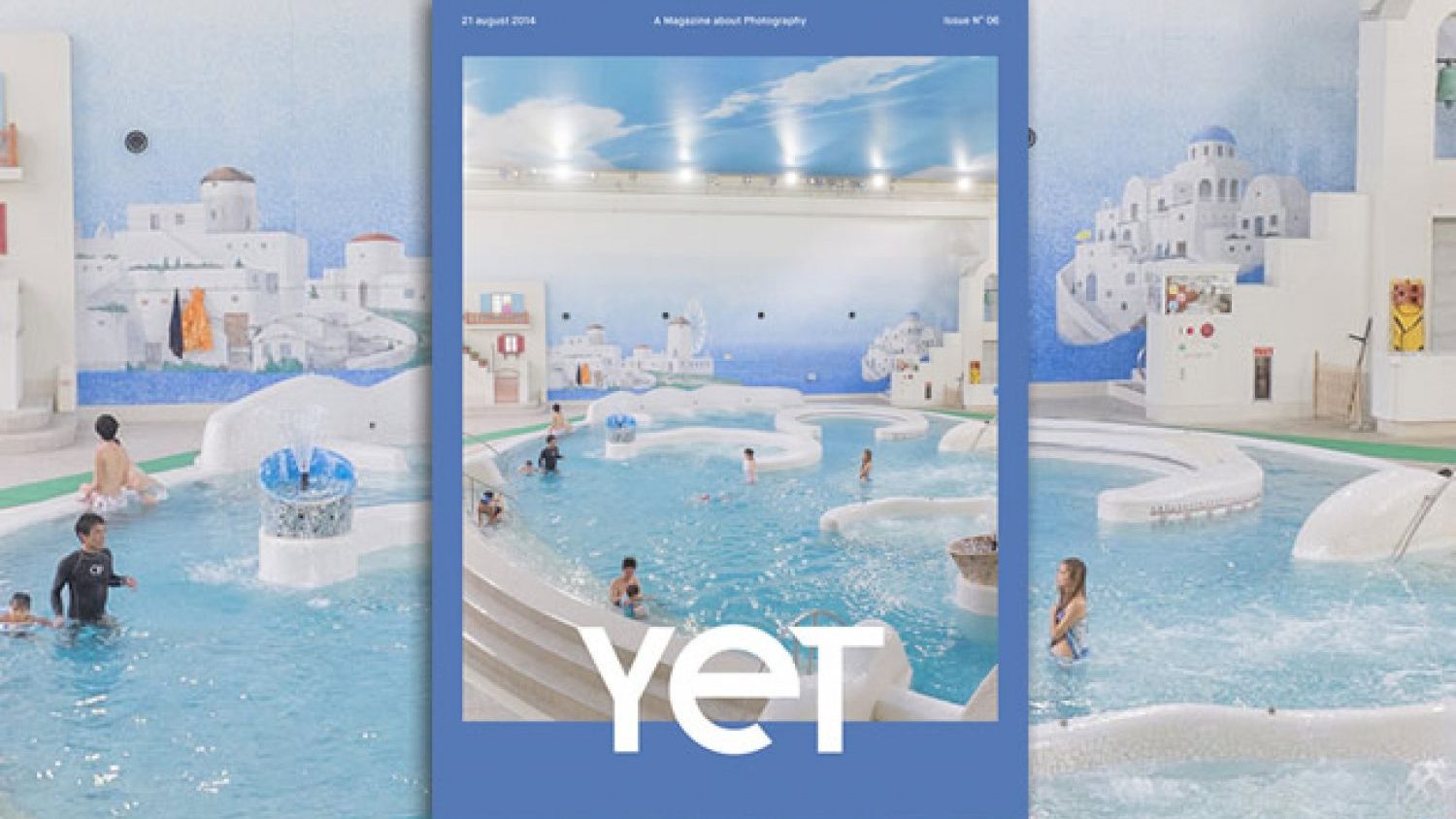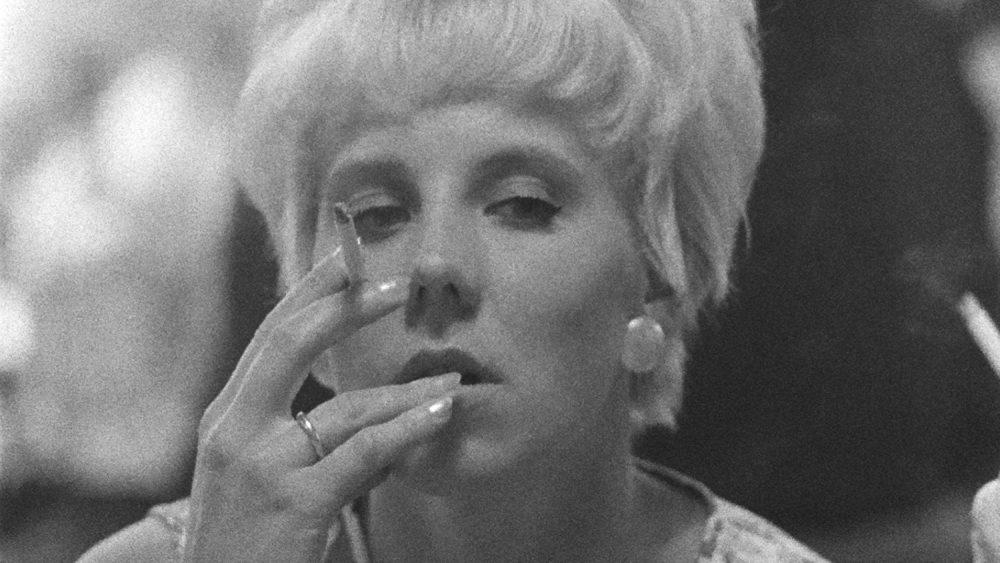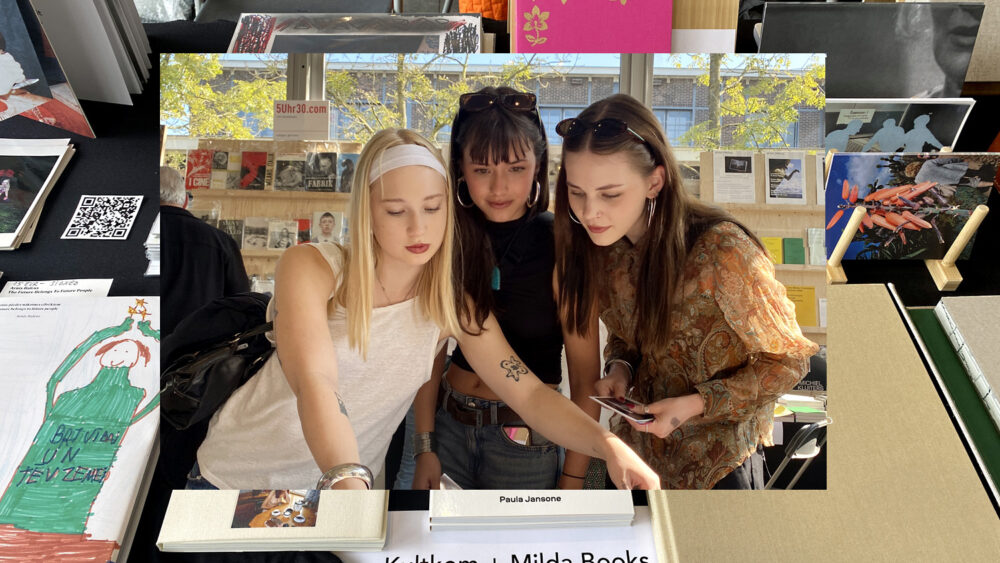10 minutes with Salvatore Vitale
Riga Photomonth has announced a call for portfolio reviews that will take place on 13 May during the opening weekend of the festival. One of the experts taking part in the reviews is a Swiss based photographer Salvatore Vitale, who is also the editor-in-chief at YET magazine. This publication is available to readers three times a year showcasing unseen editorials and photographic series from the artists worldwide. YET magazine has become one of the most exciting and interesting photography publications in Europe.
How is it for you to run a printed magazine in this digital age?
Well, I don’t think I’m saying something new when I state that it is a challenge. Anyway I think talking about print and digital needs an in-depth analysis. We are speaking about different markets with different dynamics and rules, markets, which can’t be compared in most of the cases. Publishing a photography magazine today means, most of all, making strong editorial choices which allow you to put yourself in a piece of the market where your content is unique. Another important aspect is the design study: magazines are less disposable and more and more objects to keep – a mix between magazines and books I would say. For this purpose, they must be well-thought objects, they must be relevant in terms of the contents and trend setters in terms of the design.
How do you find and decide which works to show in the magazine?
The selection of works is brought by our editorial line. In each issue we develop an in-depth topic, something which is relevant in that period of time. In this context we do a lot of research on the works, which can give the readers a good and complete overview on the main argument. We select several kinds of approaches to the topic, because we believe that the main role of a magazine today is working as a sort of index, researching and selecting contents, which represent good examples and solutions between the overload of images we’re facing every day.
We know that self-publishing has been a big thing in the past years. When you look at the books and photography out there, in your option – where is it going?
Self-publishing changed the market. It’s not only about the massive production of publications, but also because of the fact that it created new ways of approaching photography works. One of the things I appreciate most is connected to collaborations between photographers and designers. Collaborations that are bringing some great examples on how good and smart ideas and projects can compensate for the lack of budget. Also, nowadays, making a book for many artists seems to be the only way to present their works. However, I can say I’m skeptical about this massive production. Not all the works suit for a book and it happens to see well-designed and printed books for very weak photography projects. I think it’s important to understand that as far as you make a book you’re bringing your project to an end. I really appreciate those publications in which you can easily feel that there is nothing more to be added. I think this trend is going to collapse sooner or later, one day the market – I’m referring mostly to the limited number of buyers – won’t be able to sustain this massive production anymore. Editions will be more and more limited and expensive, publications will be a work of art themselves! But let’s enjoy and buy all the great titles that are about to come as far as it lasts!

Why photographers should take part in portfolio reviews?
Portfolio reviews are a great way to get good and different feedbacks. I think they provide a very useful way to learn how to present a work, to get in touch with professionals coming from several fields looking for brand new works or talents to collaborate with. Of course, there are also some limits, mostly connected to time: often the canonical 20 minutes are not enough to understand, view, elaborate and discuss a body of work. It is also true that portfolio reviews are a starting point if there is an interest to collaborate with a photographer.
What advice would you give to photographers who wish to take part in portfolio review?
I’m going to reply to this question with a list:
– Always bring prints! Small size (i.e. 10X15) in order to give the reviewer the freedom to play with your images, changing order, doing edits, etc. Portfolio reviews are not an exhibition, so the quality of the work matters more than the quality of the prints.
– Be good in giving the most important information in a limited period of time. Who, What, When, Where, Why!
– Get information on the reviewers. You should know who’s sitting in front of you!
– Get ready to listen to several – and sometimes contrasting – feedbacks! Be open to accept them and to understand which ones can be useful to improve your work.
– Since the time is limited, be careful to select which body of work to show. Better a project or series than a mixed portfolio.
– Don’t be afraid of sharing your opinion and background. Give some info about yourself.
– Books or dummies are not the best way to present your work during a portfolio reviews (there are reviews made for it). A book is a finished project and you’re already giving the reviewer a possible application of your work which is hard to change.
– It can sound as a matter-of-fact, but: Be on time!



